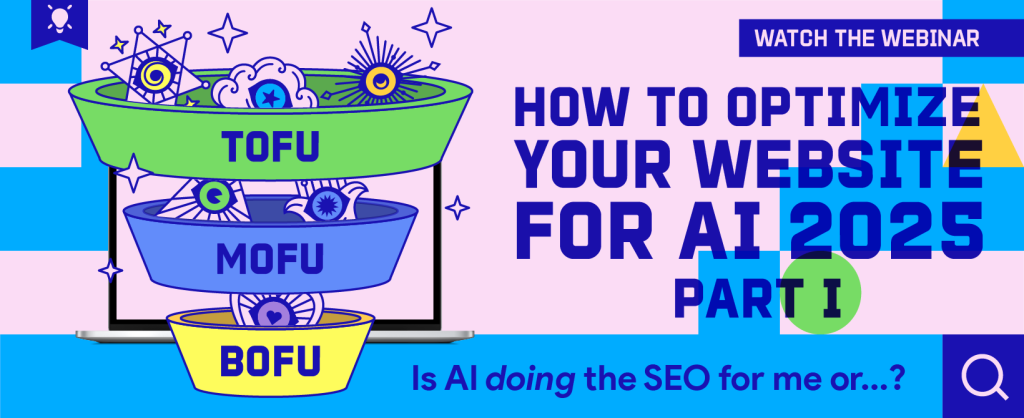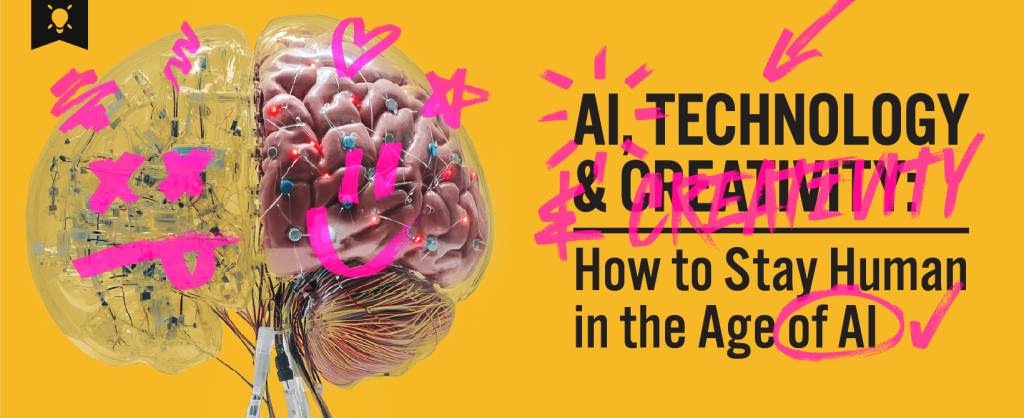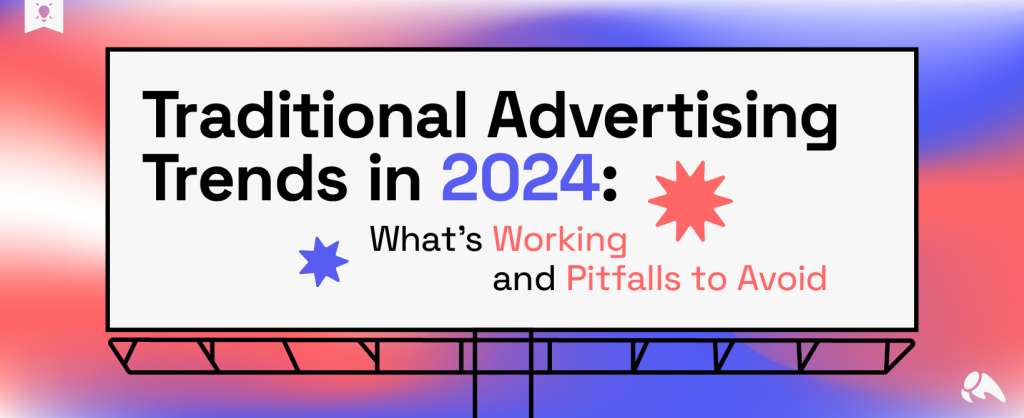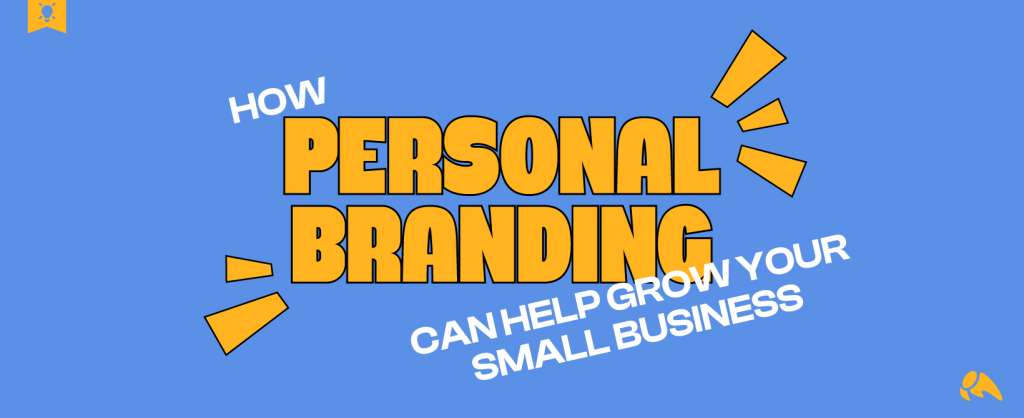Facebook advertising offers incredible opportunities to target people by both demographic data and their interests. We’ve found success for our clients using Facebook ads for everything from event promotion to lead generation. No matter what your brand or industry, you should take some time to seriously consider how putting some budget into Facebook can help. Here are a few tips to get the most out of Facebook ads.
First Steps
If you see your brand page pushing you to hit the “Boost Post” button, don’t do it. Set up a Facebook Advertising account and promote your posts from in there. You’ll have a lot more control over targeting and see much better results if you actually take advantage of all the options available.
Second, think about how you want to set up your ads. You can promote your page in general to get more likes from people in your target audience, promote posts for higher visibility, and create general ads linking back to your website. These can appear in the newsfeed and/or the right sidebar.
Once you’ve found your way around the ad system, here are a few tips to set up ads for best performance:
Define Your Audience
Identifying your audience, of course, stands as one of the most crucial steps in any marketing campaign. Facebook lets you narrow your target audience by a number of factors, including location, age, gender, relationship status, education, and more. While other platforms on the web may be guessing on this type of data when categorizing people to target, Facebook knows this information from what people have set up in their profiles.
In addition, any pages people “like” make them eligible to be targeted, either by precise interests or a general category. For example, if you “like” LEGO’s brand page, you might be put in a “building toys” category.
Use any information you have about potential customers when setting up an audience to target. Be as precise as possible but at the same time careful not to target too narrowly (you’ll see an estimate of the number of people available to reach). In addition, test different targeting groups against each other. For example, you can segment 20-40 year old males vs. those aged 40-60 to see which age group provides better engagement for your particular campaign. Or if you’re running ads for a pet store, you might want to segment “cat” vs. “dog” people.
Use Creative Copy & Images

Facebook ads need to emphasize visibility to stand out from the distractions of cat memes, friends’ pictures at the beach, and everything else showing up in the news feed. Get creative with testing different images to see what performs best, and don’t just use your company’s logo. Remember that faces generally work well!
Also, with very limited characters, the copy you write up needs to express your call to action in just a few words to convince the reader to click through. Testing comes into play here as well; run multiple ads with various messaging to see what performs best.
Use Power Editor
Though Facebook has made some improvement over time, the desktop interface for creating ads is painful to use, especially when you need to create and edit large quantities of ads. Power Editor is Facebook’s tool for bulk editing, allowing you to select multiple ads to make edits across them all, easily copy and paste ads, and in general make changes more quickly than in the desktop interface. For those of us who deal with PPC campaigns daily, it’s nothing on par with the capabilities of Google’s AdWords Editor but still a decent tool.
When you’re logged into your Facebook advertising account, you’ll see Power Editor listed in the left menu. Click this to access it; the system will walk you through the process of setting up the first time around. Note you will need to be using Google Chrome. Learn more about Power Editor.
Build Custom Audiences
Another reason to use Power Editor is the capability to create custom audiences. You can upload a list of Facebook user IDs or email addresses associated with Facebook accounts to target ads to a very specific set of people. Of course, you want to make sure to have the proper disclaimers in places when people have opted to provide their information, such as when submitting a sales lead or signing up for a newsletter. Custom audiences are incredibly powerful to reach very specific groups of people to narrow in on potential leads.
Free tip: custom audiences are also great for excluding people you don’t want to see ads. Ever get that guy that keeps complaining on posts you promote? Add his Facebook ID to a custom audience and exclude that in the Audience > Advanced section when setting up an ad in Power Editor. You could also exclude people that have already signed up for your service or submitted leads on your site.
Set Up Retargeting
One final feature is the ability to set up retargeting through Facebook’s ad exchange, FBX. This allows people who have visited your website to later see your ads as they browse Facebook. We (and others) have found this to be even more effective than Google remarketing for conversions at times. In the past the only option to set this up has been through third party providers, but Facebook recently announced plans to open access via their own platform.
If you haven’t yet dived into the many options available via Facebook advertising to promote your marketing efforts, take some time to see what you could be taking advantage of for your brand. A little budget can go a long way, so don’t be afraid to experiment!








